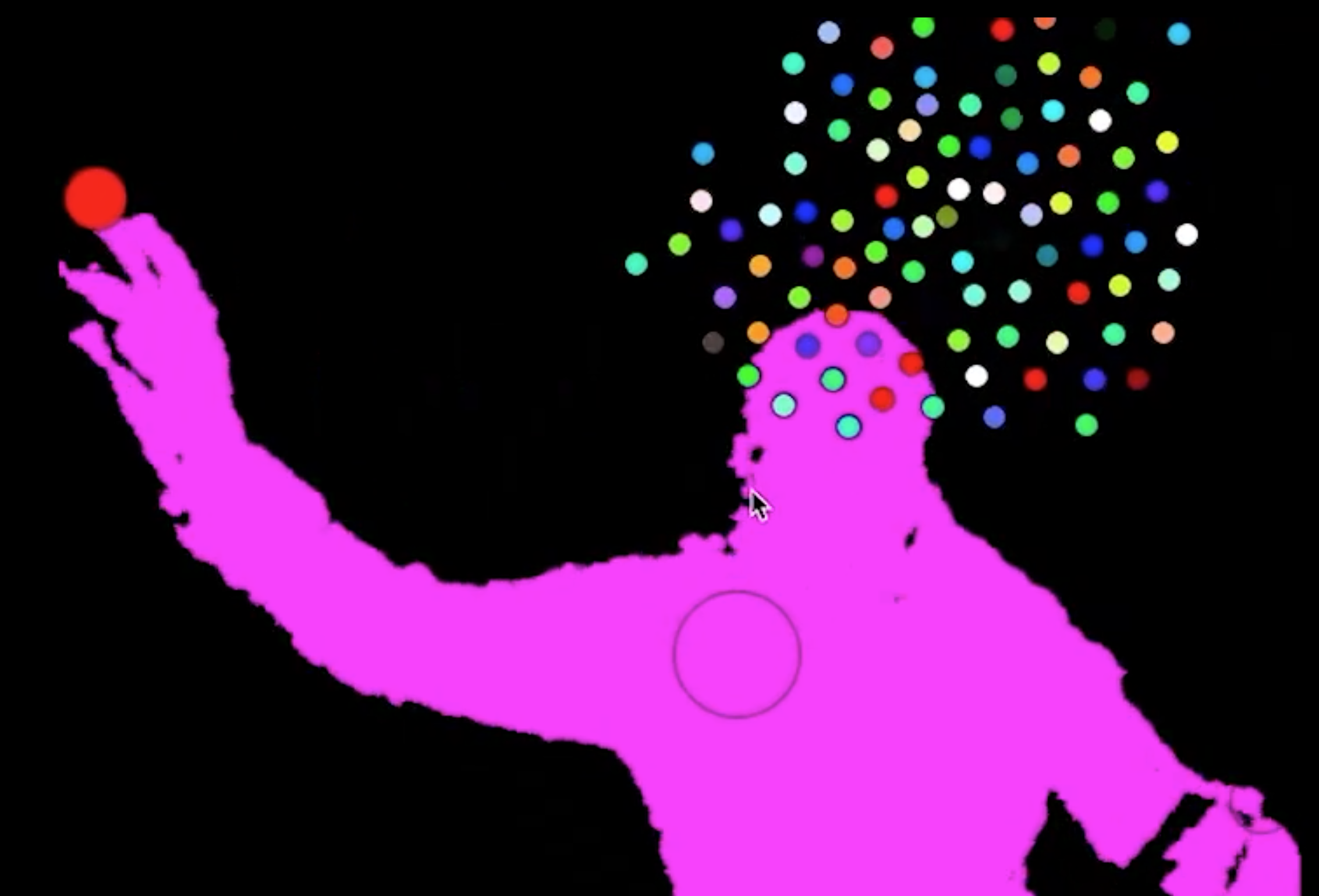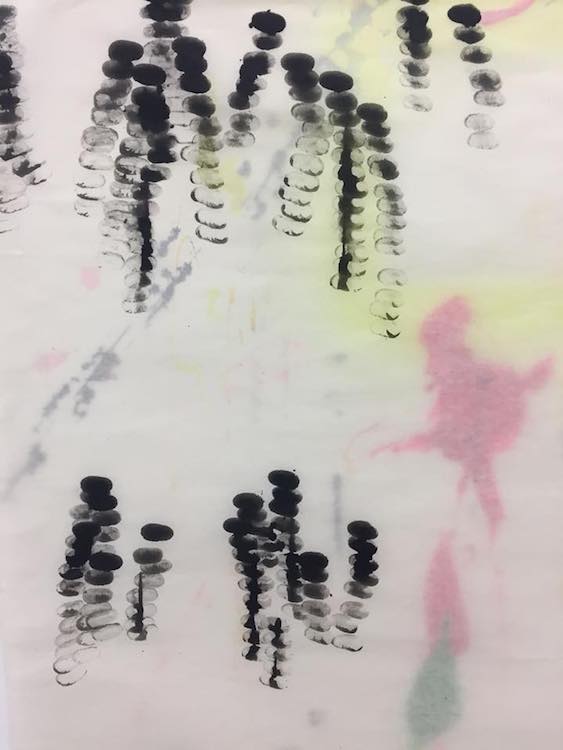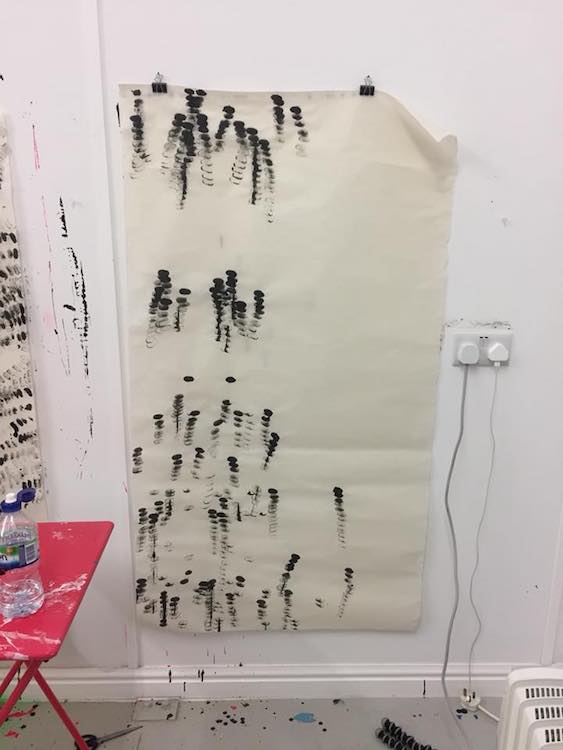Swarm art computing: a definition and future directions
A definition of computational swarm art and possible future developments for the art form are set out in this presentation. By tracing the development of swarm art computing from key pieces of creative and scientific work in the mid 1980s, including Boids, the seminal work by Craig Reynolds, and exploring contemporary art work, the characteristics of swarm art computing are identified and a definition of swarm art computing is put forth.
Swarm art computing is shown to utilise biological-inspired algorithms to create art, often directly drawing inspiration from the natural swarming behaviours of ants, insects and birds. In most cases, particles or elements of the algorithm are given biological, living characteristics, even referred to as genes. In this way, computational swarm art moves between living and nonliving and between the natural world and computation. The prevalence of ant art in computational swarm art is also explored as evidence of the interplay between biological behaviour and computation which is key to the art form.
The impact and possibilities of swarm art computing with respect to humans is also evaluated in this presentation. The challenge that the acknowledgement of swarms in human society poses to the concept of self-interested and autonomous human intelligence is raised. It is postulated that the prevalence of particles and insect swarms in computational swarm art is symptomatic of discomfort surrounding the idea of group rather than individual human intelligence raised by swarming behaviour in humans. The possibilities of an external intelligence and even an external mind (James Kennedy and Russell Eberhart, Swarm Intelligence, 2001) with respect to swarm algorithms is also explored in the context of systems art practices as an embodiment of the idea that makes the art, which was the focus of Sol LeWitt and other conceptual systems-based artists.
Alongside the definition, an examination of the future possibilities of computational swarm art is also undertaken and our artefacts are presented as possible future directions for the art form. An interactive swarm art computation created using a proximity sensor raises the possibility of virtual reality and real-world art pieces being made using advancing technology. Taking the computational art form in another direction, a physical piece of swarm art made using the algorithm in a systems-based art practice explores the application of the algorithm as a tool in systems art by programming the artist. Interviews with swarm computing experts evidence our research and learning process.
Authors: Colin Higgs, Laura Traver, Petros Veloussis
Artefacts
References
All references to academic works are given in the presentation document. A selection of additional sources that inspired the work are set out here.




































































